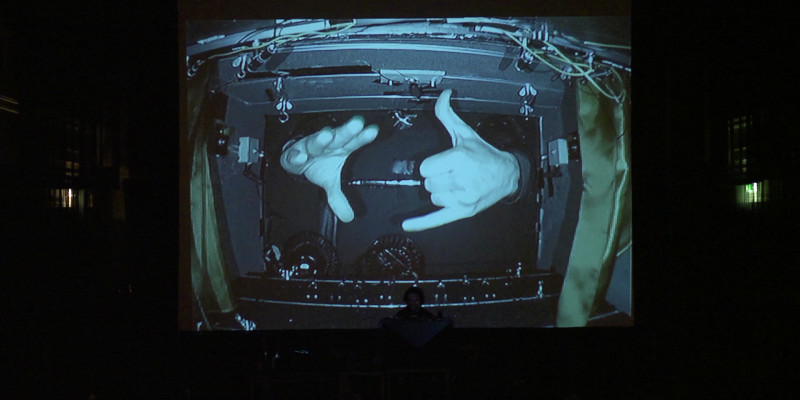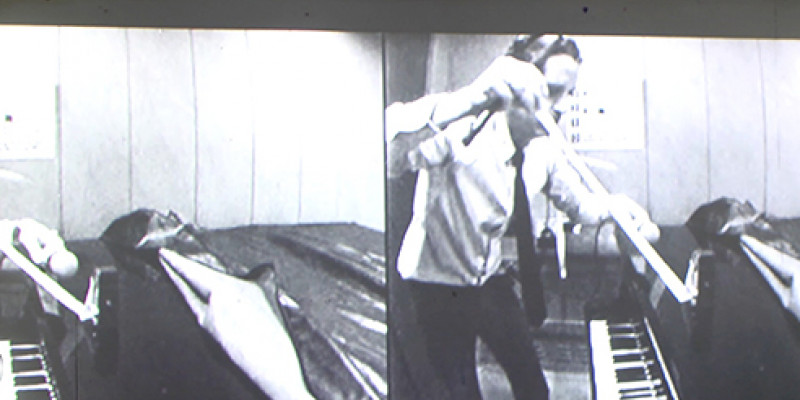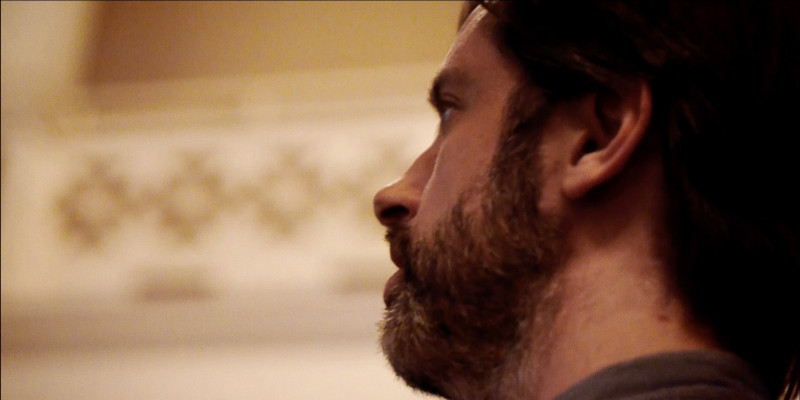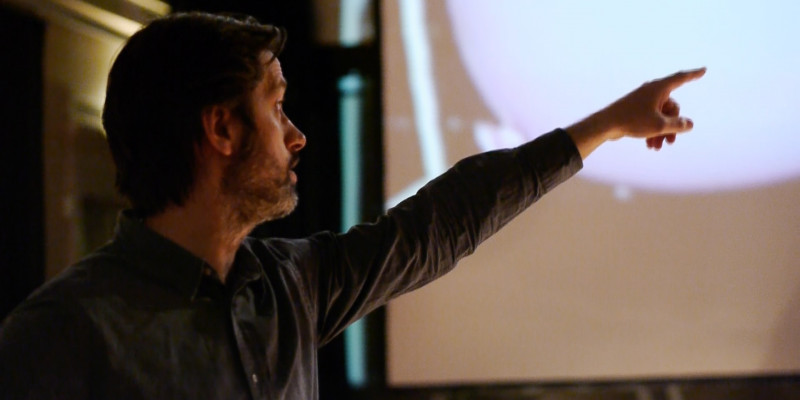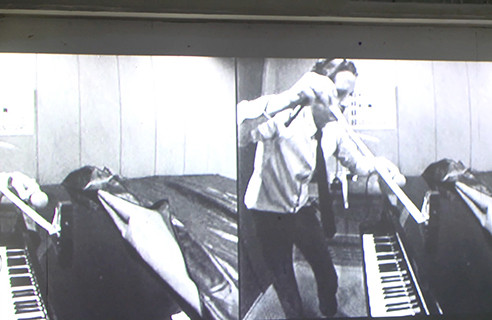
The Unrepeatable
Repetition. Repetition is not really something in itself. All sorts of things can be repeated: a word, a sound, a stroll, a piece of music. The words on this page are repeated again and again. Repetition is more about the way things are. Things repeat themselves – they are there, and then they are there again.
Knowledge of the world is dependent on repetition. One has to experience things more than once in order to recognise them for what they are. Science is, in a way, a study of how things repeat themselves. Without repetition, every experience would be a first and everything would always be new. Even if language existed in a world without repetition, one would constantly have to find a new word for everything.
Experience is continuously changing, it cannot be any other way or rather: it can only be any other way.
More complicated: Repetition is never just the same thing twice. The very fact that time has passed between something that is experienced (say at 9 am) and is then experienced again (at noon) means that a change has occurred. The light and shadows are different; the background sounds are no longer the same; a feeling of restlessness that was not there before has set in. Experience is continuously changing, it cannot be any other way or rather: it can only be any other way. One may recognise the river one steps into as the same, but the water one bathes in is never the same. Repetition always involves a difference in a steady stream of specific circumstances.
The experience of something being repeated involves a special kind of split. I can recognise some things as the same. However, my sensory experience will necessarily always tell me that this experience only exists at this very specific moment and under these unique circumstances. Repetition involves a clash between what I know (and what in theory can be repeated) and what I experience (which is always a bit different and completely specific).
None of this is by any means new and in a way it is just a repetition of what others have said in different ways. The reason why I mention it here is because repetition plays a central role in Simon Steen-Andersen’s work.
They are variations of a fundamental and simple formula: ‘someone does something again’ or ‘someone does something in a way that someone else has previously done it.’
There is repetition and duplication everywhere. The works are often built up of systems and rules for how something can be repeated. They are variations of a fundamental and simple formula: ‘someone does something again’ or ‘someone does something in a way that someone else has previously done it.’
It is, of course, a special type of repetition one finds in Simon Steen-Andersen’s pieces. They are meticulously designed and executed. Unlike many of the repetitions we more or less consciously register on an everyday basis as part of the predictable regularity of things, these artificially staged repetitions demand special attention.
When the movement of a hand playing one instrument is suddenly and with difficulty repeated on a completely different instrument, one is surprised to discover a possible repetition where there ought not be one.
When the pace in a film recording suddenly indicates how an instrument is played outside of the film, it feels like the causal chain in an otherwise well-known technical repetition has been reversed.
When the action of a person coming through a door a little bit later is then, like an echo, followed by a video image of the exact same person coming through the same door, projected on the same wall, a distinctive silent gap is created that appears to be filled with unique and fleeting information, which can only exist right there.
The rule of repetition frames and makes space for the unique aspects of the singular event.
With the artificially staged repetitions, it is the unrepeatable that is reinforced. The rule of repetition frames and makes space for the unique aspects of the singular event.
These immediate, specific and unpredictable aspects of things that are amplified could technically also be called noise. Noise is chaotic and disorderly, and is the opposite of the repeatable and the predictable.
Noise appears to play a prominent role in Simon Steen-Andersen’s use of technology and specifically his recurrent use of the video camera. The technical medium, with its built-in program, is designed to infinitely do the same thing over and over again and with the greatest of precision. The video camera is predictable in its actions. But in every moment, in every picture, a noise inevitably arises that is unique to that particular video camera at that exact time and under those exact circumstances. This becomes clear in the grainy images or when the signal is momentarily lost. In comparison to the ideal performance of the camera’s built-in program, you discover a reality of unrepeatable and unpredictable noise. And, it is this noise that the pieces conjure and enhance.
It is another aspect of noise, which is brought into focus in the works: […], that which can only exist here and now, and cannot be repeated.
Noise is also a concrete part of Simon Steen-Andersen’s sound images. Microphones are often used to dramatically enhance sounds, which appear as unintended consequences or as uncontrolled audible by-products of the arranged repetitions. Although these sounds can be both surprising and unfamiliar, there is no predominant complex ’noisy’ sound. It is not the disorderly sound in contrast to the orderly one. It is another aspect of noise, which is brought into focus in the works: the concrete and the immediate, that which can only exist here and now, and cannot be repeated.
It is perhaps this interest in the way the world is, inherent in his work that has often made me think of Simon Steen-Andersen as a magician. He is just not a very good magician - because there are no illusions. He shows a thing and then he shows it again, and by so doing he makes apparent the curious game between rules and noise, between the repeatable and the unrepeatable and how you suddenly feel that you need to invent a new word to describe what you are facing. It is a unique event, which paradoxically, is unique in that it is repeated.


